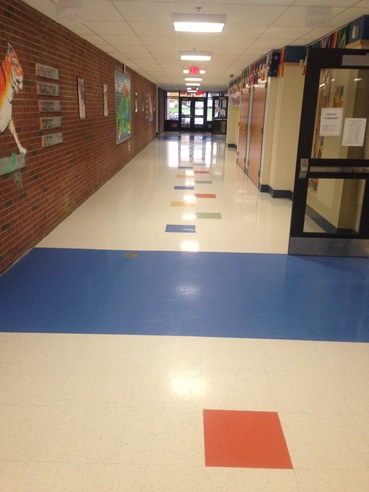
Imagine a kid who has no regard for right and wrong, absolutely no self-worth, and lives in the false perception that he has zero prospects of ever achieving greatness by working hard and playing fair. Worse, he’s tempted by the knowledge that he can become world famous in a matter of minutes without having to acquire any skills. This is a powerful lure and Gavin de Becker illustrates this point well in his book, The Gift of Fear, in which he recounts these sentiments from a potential offender. When asked why he wanted to murder a famous person the bad guy stated (and I’m paraphrasing), “It may have taken that person twenty years to become famous but if I murder him, in twenty minutes I’ll be more famous.”
Think about it.
Who murdered JFK?
Now compare the lives of the two men. JFK was an officer in the US Navy, celebrated war hero, skipper of PT 109, and president of the United States.
His murderer was a…um…well…the guy who murdered JFK.
His name would be unknown today if not for that single brief act of targeted violence (targeted violence occurs when a person commits to using violence, plans and prepares for it, and then executes the violent act). JFK’s murderer only became world famous because he murdered a famous person.
Those who attack our schools are not murdering famous people, but they are attacking a target that is vitally important to us—our children. By doing so, they’re striking us where it hurts the most because of the great value and worth we place on the lives of children and they know it.
At conferences, I’ll ask the participants to name one victim from Columbine. To date, no one has been able to recount the name of a single victim. When I ask the names of the two murderers from Columbine, there has never been a class where most of the participants did not immediately respond.
I don’t blame the participants for not knowing the name of a victim. I blame the media which focuses on the murderers rather than the victims and to such an overwhelming extent that they literally make them famous and their names into household words.
I’ve had the privilege of working with thousands of people who have made a meaningful difference in this world. They’ve dedicated their lives, poured out their hearts, sacrificed for the sake of others, and their names will never be known. Yet, two boys murder 13 innocent people and within minutes the world knows their names and we hear it over and over and over again.
There is something really wrong with that.
(Notice how the images of the ‘monsters’ are in color and significantly larger).

The media should report what has happened, but stop fixating on the murderers and especially stop drumming their names into the human conscience. In fact, I’d like to see it become illegal for the media to mention their names. Instead, they should only be addressed for what they are…murderers (at least after the first use of their names).
“The murderers from Columbine, the murderer from Sandy Hook, the murderer from Virginia Tech…”
If the media continues to mention their names, I’d like to see the media outlet charged for what it would cost to have bought that same airtime and then the money given to the victims (families, survivors, first responders, etc.).
Can you imagine how much money that would mean for the victims from Columbine?
For the record, the media is not to blame for school attacks. The murderer and only the murderer is. The environment, video games, guns, and mental health may influence the person and contribute to the attack, but only the murderer is to blame. The media makes the situation worse by elevating these people to ‘celebrity’ status after they have committed a horrible offense. For those who are damaged and have broken thinking, this can have a powerful attraction.
Here is the list of victims from Columbine. I encourage you to pick at least one and to remember it…
Cassie Bernall
Steven Curnow
Corey DePooter
Kelly Fleming
Matthew Kechter
Daniel Mauser
Daniel Rohrbough,
William “Dave” Sanders
Rachel Scott
Isaiah Shoels
John Tomlin
Lauren Townsend
Kyle Velasquez







 What do I mean?
What do I mean?
 All you have to do is contact 7-Eleven, enroll in the program, and they mail you the coupons. It’s easy and a great opportunity to help change perceptions of law enforcement. Most people (especially kids) only talk to police officers when something bad has happened. This is one small but easy way to help change that.
All you have to do is contact 7-Eleven, enroll in the program, and they mail you the coupons. It’s easy and a great opportunity to help change perceptions of law enforcement. Most people (especially kids) only talk to police officers when something bad has happened. This is one small but easy way to help change that.



